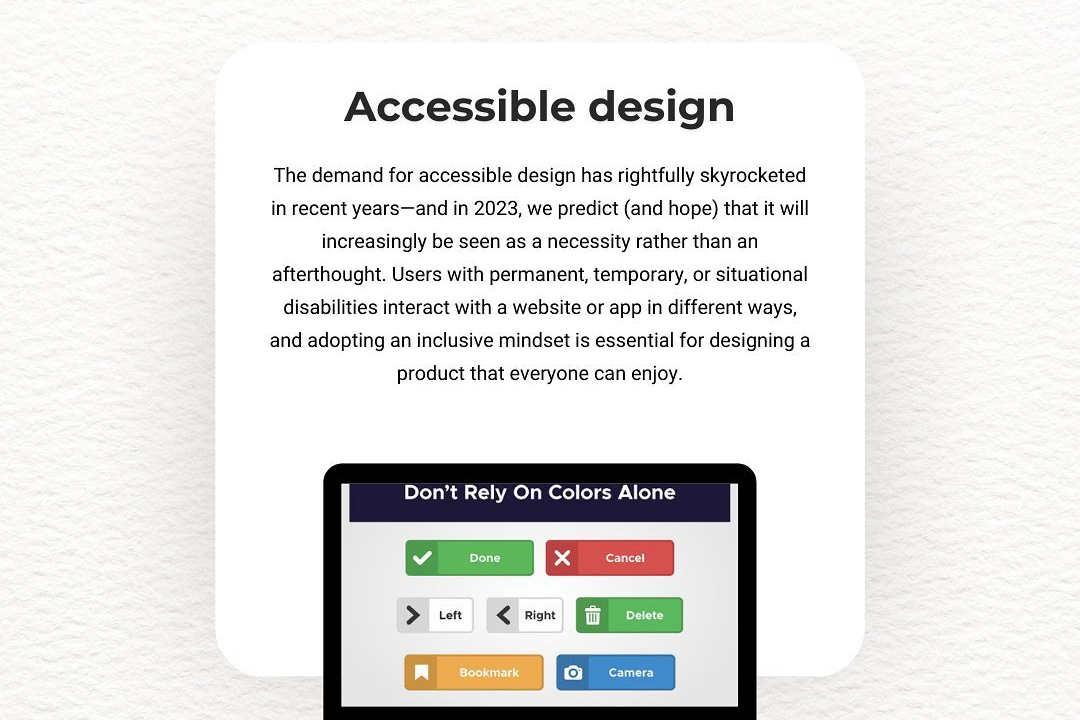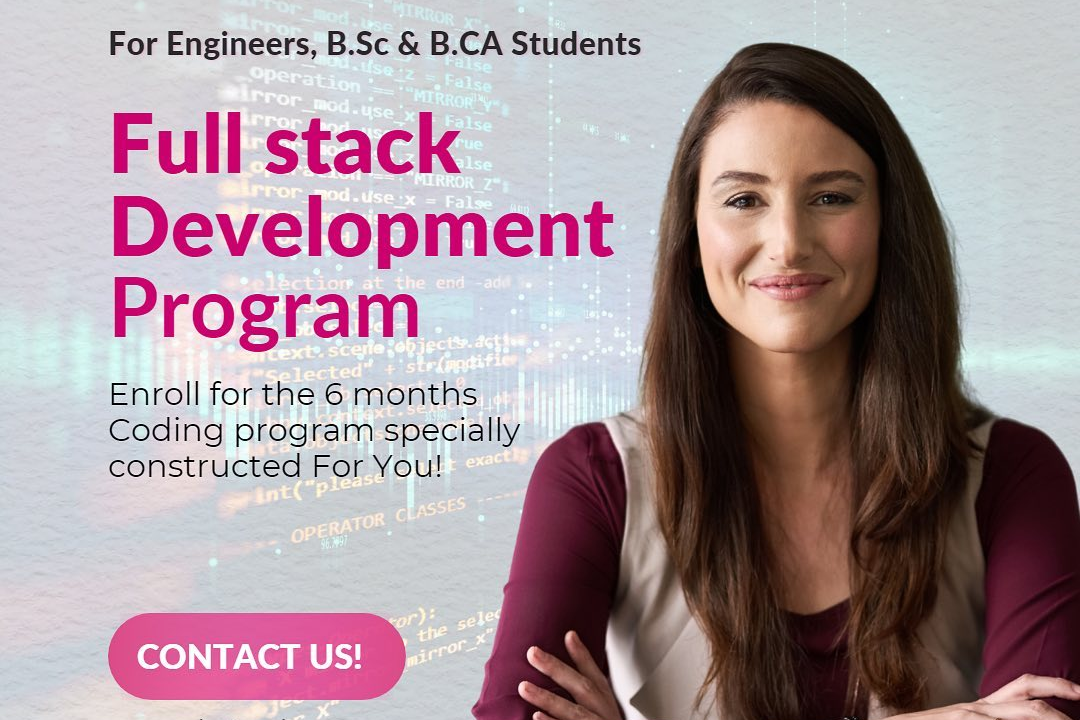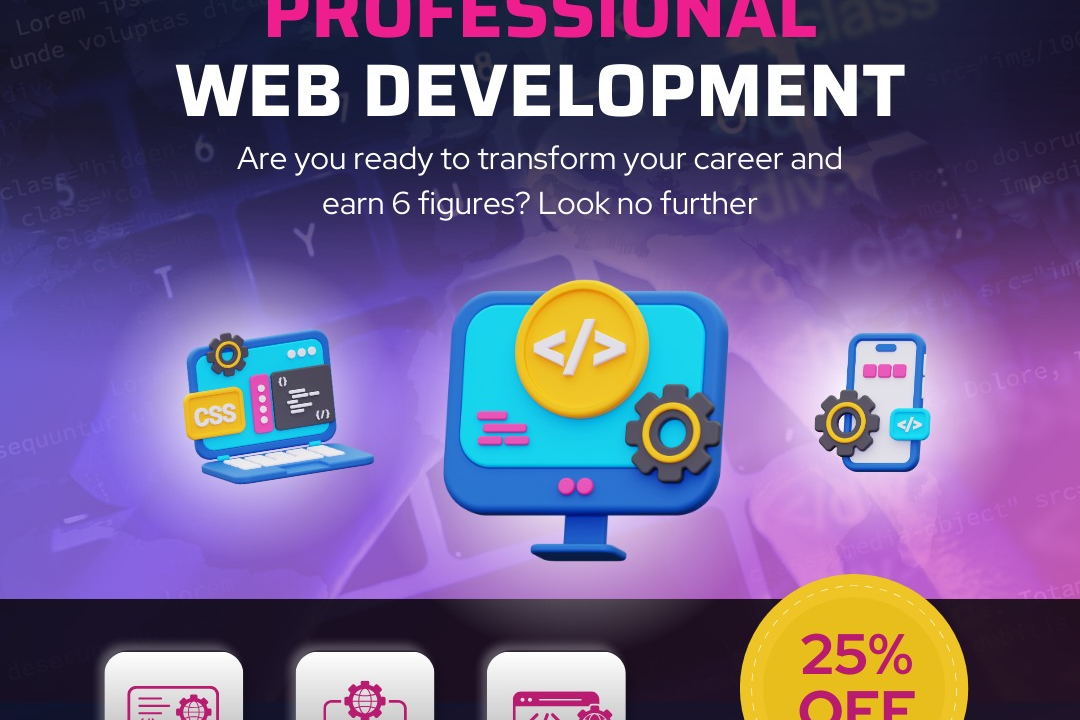React Js Hooks Interview Questions
React JS Hooks In-Depth Interview Questions
React Js Hooks Interview Questions
React Hooks are powerful functions that allow you to hook into the React state and lifecycle features from functional components. This helps simplify component logic and enhances code reusability by eliminating the need for class-based components and complex class lifecycles. By utilizing Hooks, developers can easily manage state, perform side effects, and access the context API within functional components, making code more concise and maintainable.
To Download Our Brochure: https://www.justacademy.co/download-brochure-for-free
Message us for more information: +91 9987184296
1 - What is a Hook in React JS?
Hooks are special functions introduced in React 16.8 to manage state and side effects in functional components.
2) What is the purpose of the useState() Hook?
useState() is used to create a state and update it later on.
3) What is the purpose of the useEffect() Hook?
useEffect() Hook is used to perform side effects such as data fetching, subscriptions, and timers.
4) What is the difference between state and props?
State is local and controlled within a component, while Props are passed down from a parent component.
5) What is the purpose of the useRef() Hook?
useRef() is used to create a mutable reference that persists throughout the component lifecycle.
6) What is the purpose of the useMemo() and useCallback() Hooks?
useMemo() is used to cache the results of expensive computations, while useCallback() is used to cache functions.
7) What are the advantages of using Hooks?
Hooks allow for easier state management, reduced boilerplate code, and increased code reusability.
8) What are the different types of Hooks?
There are numerous Hooks, including useState(), useEffect(), useRef(), useMemo(), useCallback(), and many more.
9) What is the purpose of the context API and when is it useful?
The Context API provides a way to pass data through components without having to explicitly pass props at every level. It's useful when data needs to be accessed by multiple components at different levels of the component tree.
10) What is the purpose of the useReducer() Hook and when should it be used instead of useState()?
useReducer() is used for state management when the state logic becomes complex or involves multiple sub values. It allows for more control over the state update process and is often preferred when the state update logic is complex or involves multiple actions.
11 - What is the useEffect() cleanup function and why is it important?
The useEffect() cleanup function is invoked when a component is unmounted or when the dependencies array changes. It's used to perform any necessary cleanup tasks, like canceling subscriptions, clearing timers, or removing event listeners.
12) What is the useLayoutEffect() Hook and how does it differ from useEffect()?
useLayoutEffect() is similar to useEffect(), except that it runs synchronously after all DOM mutations have occurred. This makes it useful for effects that need to modify the DOM before the browser has a chance to repaint.
13) What are the best practices for using Hooks in React?
Some best practices include keeping Hooks at the top level of a component, avoiding side effects in useEffect() unless necessary, and using dependencies arrays to optimize performance.
14) What is the difference between a class component and a functional component?
Class components define state and lifecycle methods, while functional components use Hooks for state and side effects. Functional components are often preferred due to their simplicity and ease of use.
15) What is the role of the React Development Tools in debugging React applications?
The React Development Tools, accessible through the browser, provide debugging tools such as inspecting the component tree, viewing component props and state, and profiling performance.
Earn Points through Quests and Missions
- Complete daily, weekly, and seasonal quests for experience and points.
- * Participate in missions or events to gain bonus points.
- Interact with the Community
- * Like, comment, and share content on social media or in game forums.
- * Join guilds or alliances and contribute to group activities.
- * Participate in player vs player battles or tournaments.
- Play Consistently
- * Log in daily and play for an extended period.
- * Complete tasks and achievements to unlock rewards and points.
- * Progress through the game levels and unlock new features.
- Refer Friends
- * Invite friends to join the game and earn referral bonuses.
- * Participate in referral programs for additional points.
- Purchase In Game Items
- * Buy premium items, skins, or upgrades with real currency to accumulate points.
- * Some games offer point rewards for making purchases.
- Use Point Multipliers
- * Utilize in game boosts, power ups, or multipliers to increase your point earnings.
- * Participate in limited time events that offer bonus points.
- Check for Promos and Giveaways
- * Follow the game's official website or social media channels for announcements about promotions or giveaways that award points.
- * Participate in contests or quizzes to earn bonus points.
- Other Tips
- Set daily or weekly point goals:* This will help you stay motivated and track your progress.
- Be active in the community:* Engaging with other players can lead to increased points.
- Explore the game's features:* Experiment with different game modes, quests, and events to find ways to earn more points.
- Take advantage of bonuses:* Use any bonuses or multipliers available to boost your point earnings.
- Course Overview
- This course provides a comprehensive overview of the most commonly asked React JS hooks interview questions. It covers fundamental hooks like useState, useEffect, and useHistory, as well as advanced topics like custom hooks, error handling, and performance optimizations. By thoroughly preparing for these questions, you can increase your chances of success in your next React JS interview.
- Course Description
- Master React's Hooks, a transformative concept in React development, through this interview-focused course. Enhance your understanding of their power and implementation, preparing you to ace any React JS Hooks interview with confidence.
- Key Features
- 1 - Comprehensive Tool Coverage: Provides hands-on training with a range of industry-standard testing tools, including Selenium, JIRA, LoadRunner, and TestRail.
- 2) Practical Exercises: Features real-world exercises and case studies to apply tools in various testing scenarios.
- 3) Interactive Learning: Includes interactive sessions with industry experts for personalized feedback and guidance.
- 4) Detailed Tutorials: Offers extensive tutorials and documentation on tool functionalities and best practices.
- 5) Advanced Techniques: Covers both fundamental and advanced techniques for using testing tools effectively.
- 6) Data Visualization: Integrates tools for visualizing test metrics and results, enhancing data interpretation and decision-making.
- 7) Tool Integration: Teaches how to integrate testing tools into the software development lifecycle for streamlined workflows.
- 8) Project-Based Learning: Focuses on project-based learning to build practical skills and create a portfolio of completed tasks.
- 9) Career Support: Provides resources and support for applying learned skills to real-world job scenarios, including resume building and interview preparation.
- 10) Up-to-Date Content: Ensures that course materials reflect the latest industry standards and tool updates.
Benefits of taking our course
Functional Tools
1 - React JS: A JavaScript library used for building user interfaces. It allows developers to create interactive and responsive web applications.
2) Hooks: A new feature introduced in React 16.8 that provides a way to manage state and other React features without using class components.
3) Interview Questions: A set of questions commonly asked in job interviews for React JS developers to assess their knowledge and skills.
4) Course: A training program or educational resource that provides an overview of React JS hooks and how to use them effectively.
5) Training Program: A structured program of instruction that typically includes lectures, hands on exercises, and assessments to teach students or professionals new skills or knowledge.
6) Students: Individuals who enroll in a course or training program to learn about React JS hooks and improve their development skills.
Effective Techniques to Increase Points
1. Optimize Content for Search Engines (SEO):
- Research relevant keywords and incorporate them throughout your content.
- * Optimize page titles, meta descriptions, and headings.
- * Build backlinks from reputable websites.
- * Create high quality, engaging content that meets the user's intent.
- 2. Improve User Experience (UX):
- * Ensure your website is easy to navigate and mobile friendly.
- * Optimize page speed and minimize load times.
- * Provide clear and concise content that is easy to read.
- * Use visually appealing elements to enhance user engagement.
- 3. Promote Social Media Engagement:
- * Create engaging social media posts that are relevant to your audience.
- * Run contests and giveaways to increase reach and engagement.
- * Use social listening tools to monitor conversations and respond to queries.
- * Collaborate with influencers or industry experts to cross promote content.
- 4. Use Email Marketing:
- * Build an email list of qualified leads.
- * Send targeted emails with compelling content that drives traffic to your website.
- * Personalize email messages to increase engagement.
- * Track email campaign performance and make adjustments as needed.
- 5. Leverage Paid Advertising:
- * Use platforms like Google Ads or Facebook Ads to display targeted ads to specific demographics.
- * Optimize your ad campaigns for conversions and track their performance.
- * Consider using retargeting strategies to re engage website visitors.
- 6. Partner with Other Businesses:
- * Collaborate with complementary businesses to cross promote each other's services.
- * Offer joint promotions or packages to attract new customers.
- * Guest blog on industry websites or participate in webinars to expand your reach.
- 7. Track and Analyze Data:
- * Use analytics tools to track website traffic, conversions, and user behavior.
- * Identify areas for improvement and make data driven decisions to optimize your website.
- * Regularly review your analytics to stay informed about trends and adjust your strategy accordingly.
- 8. Continuously Improve and Update:
- * Keep your website content and design fresh and up to date.
- * Monitor industry trends and adjust your strategies to stay ahead of the competition.
- * Seek feedback from users to identify areas for improvement.
Browse our course links : https://www.justacademy.co/all-courses
To Join our FREE DEMO Session:
This information is sourced from JustAcademy
Contact Info:
Roshan Chaturvedi
Message us on Whatsapp: +91 9987184296
Email id: info@justacademy.co
React Js Interview Questions Basic
React Native Technical Interview Questions
React Native Interview Question For 3 Year Experience
Flutter For IOS Development Interview Questions











